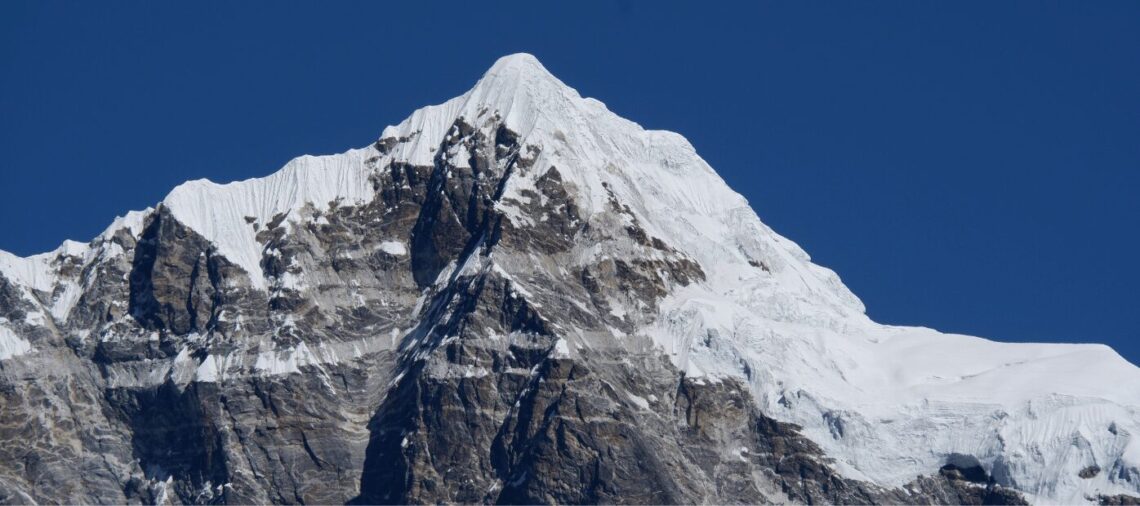Congratulations on deciding to embark on the incredible journey to Mount Everest Base Camp! However, before you start your ascent, there are some mistakes you should avoid. Climbing Everest is not easy; it is a challenging and dangerous endeavor that requires careful planning and preparation. This discussion will explore some crucial mistakes that could ruin your expedition and turn your dream into a nightmare. Every misstep could distinguish between success and failure, whether underestimating the altitude or neglecting proper acclimatization. So, get comfortable, grab a warm drink, and get ready to learn about the dangers that await the unprepared adventurer. These are mistakes to avoid in Mount Everest Base Camp.
Mistakes to avoid in Mount Everest Base Camp: Inadequate Physical Preparation
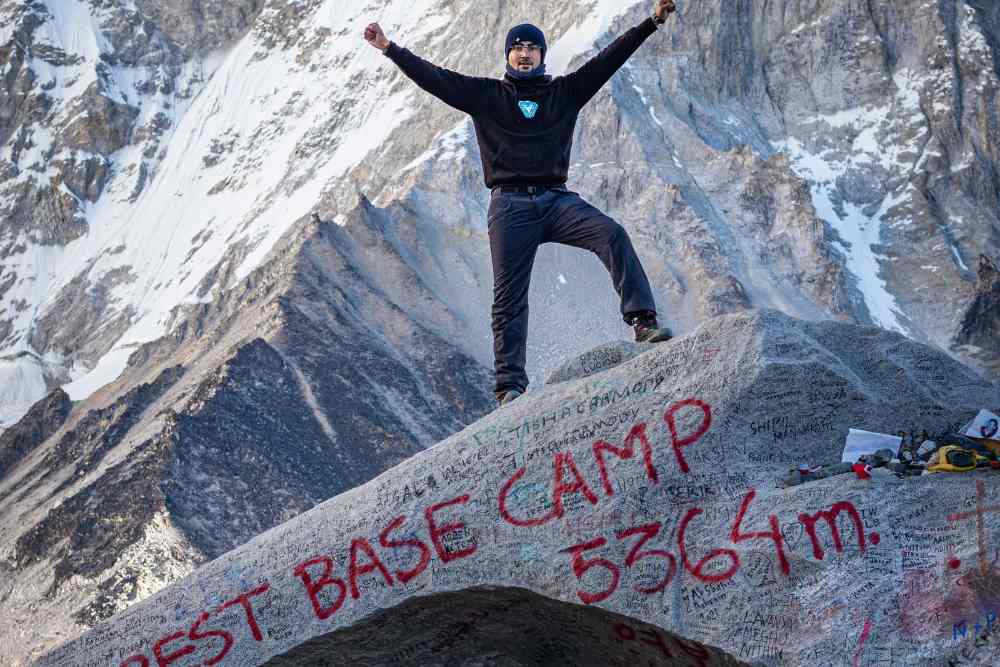
If you haven’t adequately prepared yourself physically, your journey to Mount Everest Base Camp may be more challenging than you anticipated. Trekking to Mount Everest Base Camp is a high-altitude trek that requires a certain level of physical fitness and endurance. Many people make the mistake of underestimating the physical demands and embark on the journey without proper preparation.
Inadequate physical preparation can lead to a variety of issues during the trek. One of the most common problems is altitude sickness. As you ascend to higher altitudes, the air becomes thinner, making it harder for your body to get enough oxygen. If you are not physically fit, your body will struggle even more, increasing the risk of altitude sickness.
Another issue that arises from inadequate physical preparation is the risk of injuries. Trekking in Nepal can be physically demanding, with steep inclines, rocky terrain, and unpredictable weather conditions. If your body is not conditioned for such challenges, you are more prone to injuries like sprains, strains, or fractures.
To avoid these mistakes, focusing on your physical fitness before embarking on the journey is crucial. Engage in regular cardiovascular exercises such as running, hiking, or cycling to improve your stamina. Incorporate strength training exercises to build muscle and enhance your overall strength. Also, don’t forget to include flexibility exercises like yoga to improve your body’s flexibility and prevent muscle strain.
Underestimating the Altitude
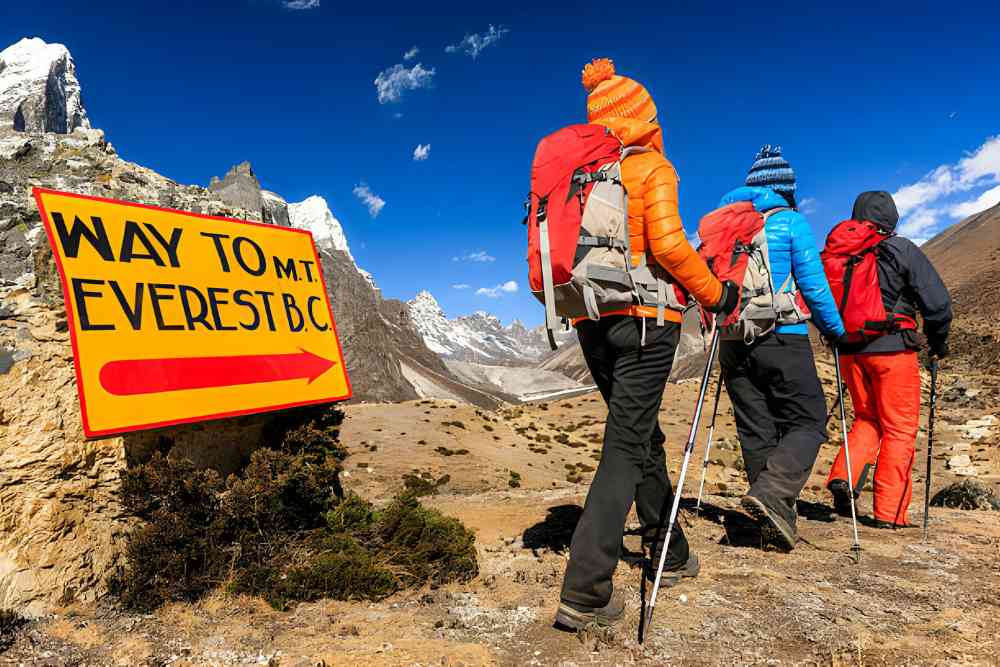
Underestimating the altitude of Mount Everest Base Camp can have serious consequences for trekkers, posing significant risks to their health and safety. Nepal trekking and Mount Everest, known for their adventure travel and Himalayan expeditions, attract thrill-seekers from around the world. However, many underestimate the altitude and the challenges it presents.
Mount Everest Base Camp is no ordinary trekking destination at an elevation of 5,364 meters (17,598 feet). The thin air at such high altitudes can cause altitude sickness, a potentially life-threatening condition. Symptoms can range from mild headaches and nausea to more severe complications, such as pulmonary edema or cerebral edema. Trekkers must acclimatize properly to the increasing altitude, allowing their bodies to adjust to the reduced oxygen levels.
Underestimating the altitude can result in trekkers pushing themselves too hard, leading to exhaustion and potentially dangerous situations. It is essential to listen to your body and take rest days when needed. Slow and steady progress is key to a successful trek. Staying hydrated and consuming a balanced diet is also important to maintain energy levels.
Before embarking on a Mount Everest Base Camp trek, it is advisable to consult with a medical professional and undergo a thorough physical examination. This will help determine if you are fit enough for the demands of high-altitude trekking. Additionally, training and preparing your body for the challenges ahead will greatly enhance your chances of a safe and enjoyable trek.
Ignoring the Importance of Acclimatization
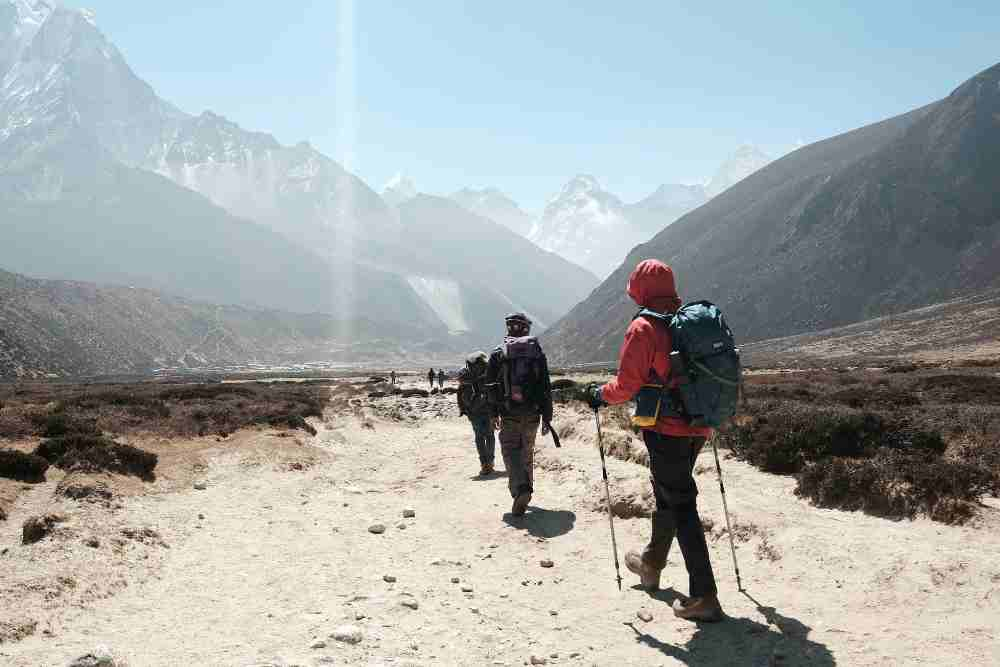
Ignoring the importance of acclimatization can have dire consequences for trekkers attempting the Mount Everest Base Camp trek. Acclimatization is the process of adjusting to high altitudes to prevent altitude sickness. It is crucial when embarking on the Everest Base Camp trek as the altitude increases significantly throughout the journey.
The Himalayan adventure of the Everest Base Camp trek takes you through breathtaking landscapes and offers a chance to witness the majestic Mount Everest up close. However, the high altitude can pose serious risks to your health if not taken seriously. Altitude sickness, also known as acute mountain sickness (AMS), can occur when the body fails to adjust to the thin air and low oxygen levels.
Nepal tourism emphasizes the importance of acclimatization during the Everest Base Camp trek. Spending at least two nights in Namche Bazaar, a popular acclimatization spot, is recommended before continuing the ascent. This allows your body to adapt to the altitude gradually.
Ignoring acclimatization can lead to severe symptoms such as dizziness, nausea, headache, and difficulty breathing. In extreme cases, it can even result in life-threatening conditions like high-altitude pulmonary edema (HAPE) or high-altitude cerebral edema (HACE).
To ensure a safe and enjoyable Everest Base Camp trek, prioritize acclimatization. Take it slow, listen to your body, and allow yourself time to adjust to the altitude. Remember, the journey is not just about reaching the destination but also about taking care of your well-being along the way.
Poor Gear Selection and Packing
To have a successful and comfortable trek to Mount Everest Base Camp, it is essential to select and pack the right gear carefully. Your gear selection and packing can greatly impact your overall experience on the mountain. One common mistake many trekkers make is bringing too much unnecessary gear or not having the right equipment.
Regarding gear selection, it is important to consider the weather conditions and the terrain you will encounter along the way. Layering is key, as temperatures can vary greatly throughout the trek. Pack moisture-wicking base layers, insulating mid-layers, and a waterproof outer shell to protect you from the elements. Don’t forget to bring a warm hat, gloves, and a good pair of hiking boots with proper ankle support.
Additionally, you should carefully choose the right backpack to carry your gear. Ensure it has a comfortable fit and sufficient capacity to hold all your essentials, such as extra clothing, a sleeping bag, a first aid kit, and snacks. It is also crucial to bring a durable and lightweight tent, as accommodations along the trek can be limited.
Lastly, don’t overlook the importance of proper packing techniques. Organize your gear in waterproof stuff sacks or compression bags to maximize space and protect your belongings from moisture. Keep frequently used items easily accessible and distribute the weight evenly to avoid strain on your back.
Neglecting Proper Training and Experience
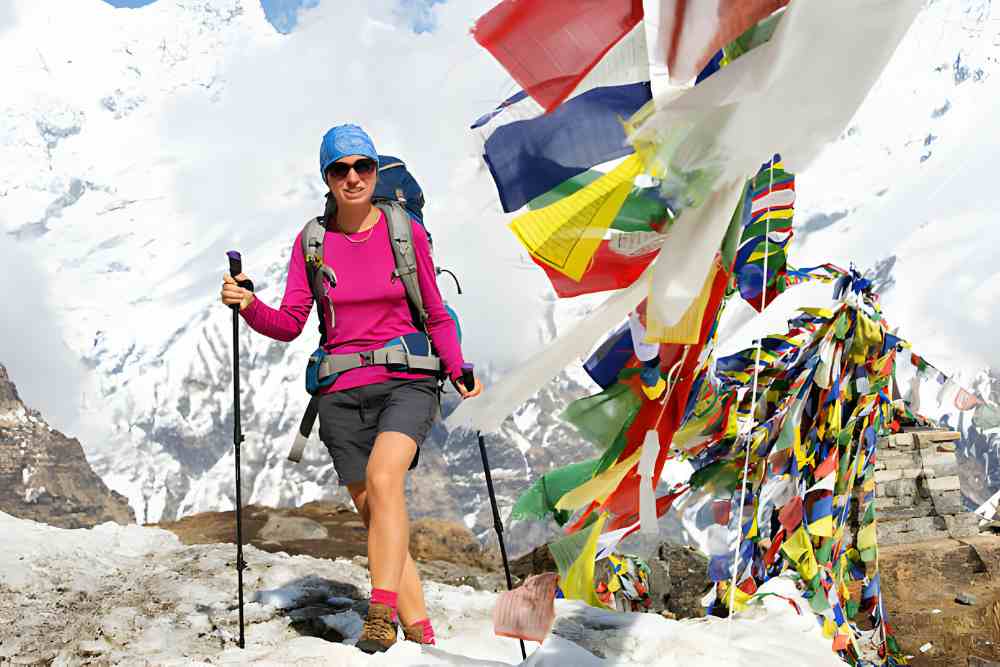
Proper training and experience are crucial factors when trekking to Mount Everest Base Camp. Neglecting these aspects can lead to serious consequences and put your safety at risk. Training should include physical and mental preparation, as trekking to Everest Base Camp is demanding and challenging.
Physically, you should engage in regular exercise to improve your endurance, strength, and cardiovascular fitness. This will help you cope with the long hours of walking and the high altitude conditions. It is also recommended to undertake hikes at higher altitudes to acclimatize your body and prepare for the challenges ahead.
Mental preparation is equally important. Trekking in the Everest region requires mental resilience, as you will face physical exhaustion, unpredictable weather conditions, and potentially dangerous situations. Developing a positive mindset, practicing meditation or mindfulness, and learning stress management techniques can all contribute to your mental well-being during the trek.
Experience is another vital aspect to consider. Prior experience in high-altitude trekking or mountaineering will equip you with valuable skills and knowledge. It will help you understand your body’s response to altitude, manage risk, and make informed decisions in challenging situations.
Neglecting proper training and experience can result in altitude sickness, injuries, or even fatalities. Investing time and effort into preparing yourself physically and mentally and gaining relevant experience before attempting the trek to Mount Everest Base Camp is essential. Remember, a well-prepared and experienced trekker will have a safer and more enjoyable journey.
Disregarding Weather Conditions
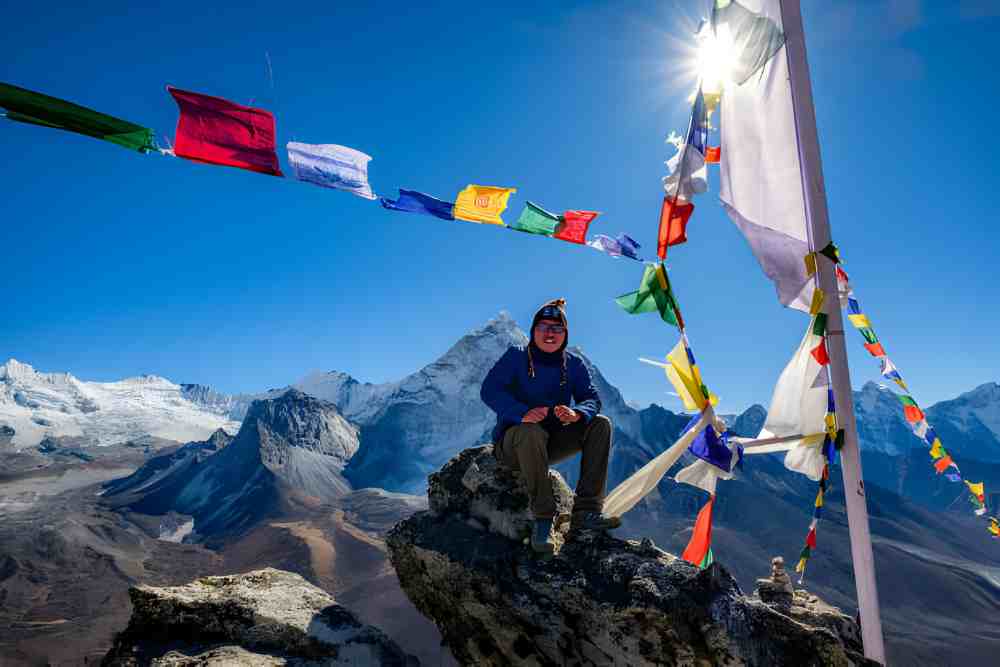
To ensure a safe and successful trek to Mount Everest Base Camp, it is crucial to be mindful of the ever-changing and potentially treacherous weather conditions. The weather on Everest can be extremely unpredictable and change rapidly, posing significant risks to climbers and hikers. Ignoring or underestimating the importance of monitoring weather conditions can have devastating consequences.
The weather can vary from sunny and clear to stormy and harsh in hours at such high altitudes. Strong winds, heavy snowfall, and freezing temperatures are common occurrences on Everest. These adverse weather conditions can make the journey extremely challenging and dangerous. Whiteout conditions, avalanches, frostbite, and altitude sickness are some of the hazards that climbers may face if they do not pay close attention to the weather forecast.
Therefore, staying updated on weather conditions throughout the trek is essential. Before setting out, consult with experienced mountaineers or local guides with extensive knowledge of the region’s weather patterns. They can provide valuable insights and advice on navigating and adjusting your itinerary based on the current weather conditions. Additionally, carry the necessary gear to protect yourself from extreme weather, such as windproof and waterproof clothing, sturdy footwear, and proper insulation.
Disregarding weather conditions while trekking to Mount Everest Base Camp is a grave mistake that can jeopardize your safety and the success of your expedition. Always prioritize caution and be prepared for any weather-related challenges on your journey.
Lack of Knowledge About the Route
A thorough understanding of the route is crucial for a successful trek to Mount Everest Base Camp, ensuring that you can navigate the challenging terrain confidently and minimize the risk of getting lost or encountering dangerous obstacles. Mount Everest is a formidable mountain, and its base camp trek requires careful planning and preparation. One of trekkers’ biggest mistakes is underestimating the importance of knowing the route.
The route to Everest Base Camp is not a straightforward path. It involves navigating various villages, crossing suspension bridges, and ascending steep sections. Without proper knowledge of the route, you may take wrong turns or get lost in the vast wilderness. This can lead to unnecessary delays and even put your safety at risk.
To avoid such situations, studying the route thoroughly before embarking on the trek is essential. Familiarize yourself with the landmarks, trail markers, and key points. Carry a detailed map or guidebook to reference during the trek. Additionally, consider hiring a local guide or joining a guided tour to ensure you have expert assistance and support.
Failing to Hire a Professional Guide or Porter
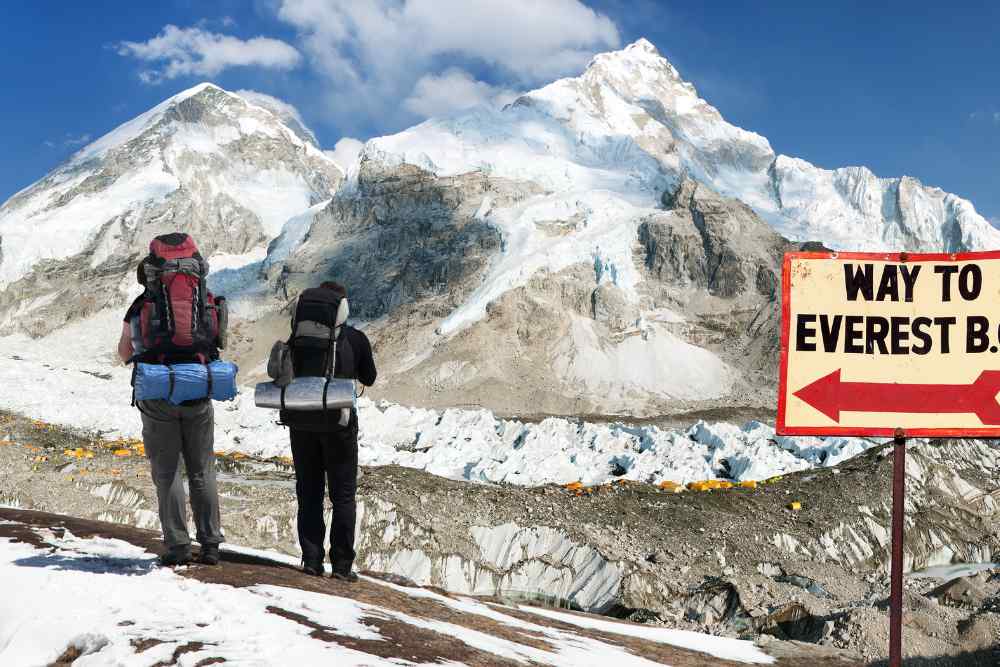
Hiring a professional guide or porter is crucial for a successful trek to Mount Everest Base Camp, providing invaluable support, knowledge, and assistance along the challenging journey. These experienced individuals are well-versed in the terrain, weather conditions, and potential risks you may encounter during your ascent. They can help you navigate treacherous paths, ensuring your safety.
A professional guide will lead the way and share their wealth of knowledge about the region’s history, culture, and wildlife, enriching your experience. They can point out landmarks, explain local customs, and answer any questions you may have, making the trek more fascinating and engaging.
Hiring a porter can ease the burden of carrying heavy backpacks, allowing you to focus on enjoying the trek rather than struggling with the weight. These strong individuals are accustomed to the altitude and can carry your belongings without compromising your safety or comfort.
Conclusion
As you stand at the base of Mount Everest, you realize that avoiding these mistakes is not just about conquering the mountain but about conquering yourself. It’s a journey of physical and mental preparation, of respecting the power of nature and the importance of knowledge. Each step you take towards the summit is a step towards personal growth and self-discovery. So, embrace the challenge, learn from these mistakes, and embark on your own transformative journey to the top of the world.

